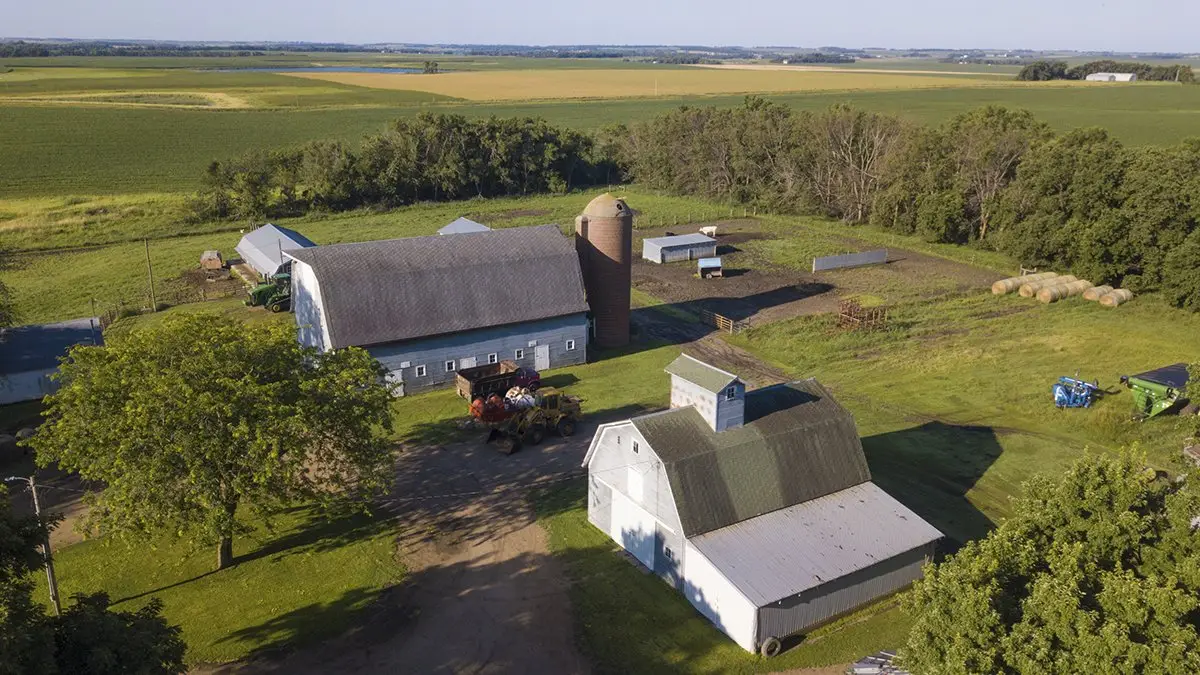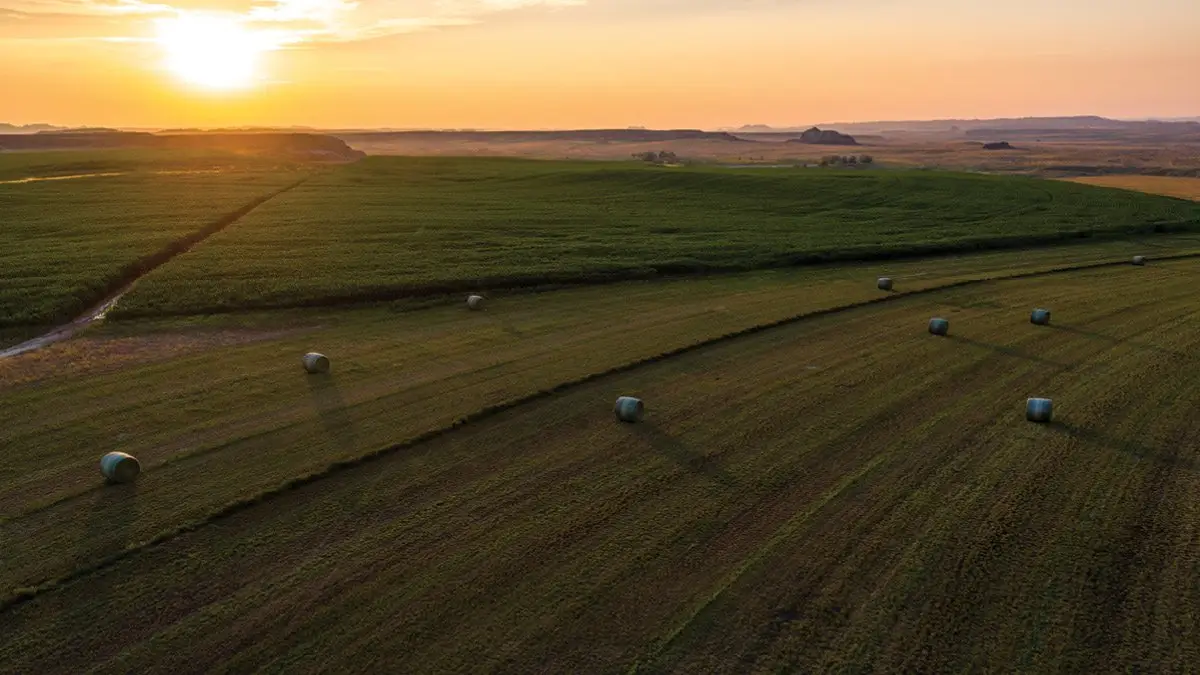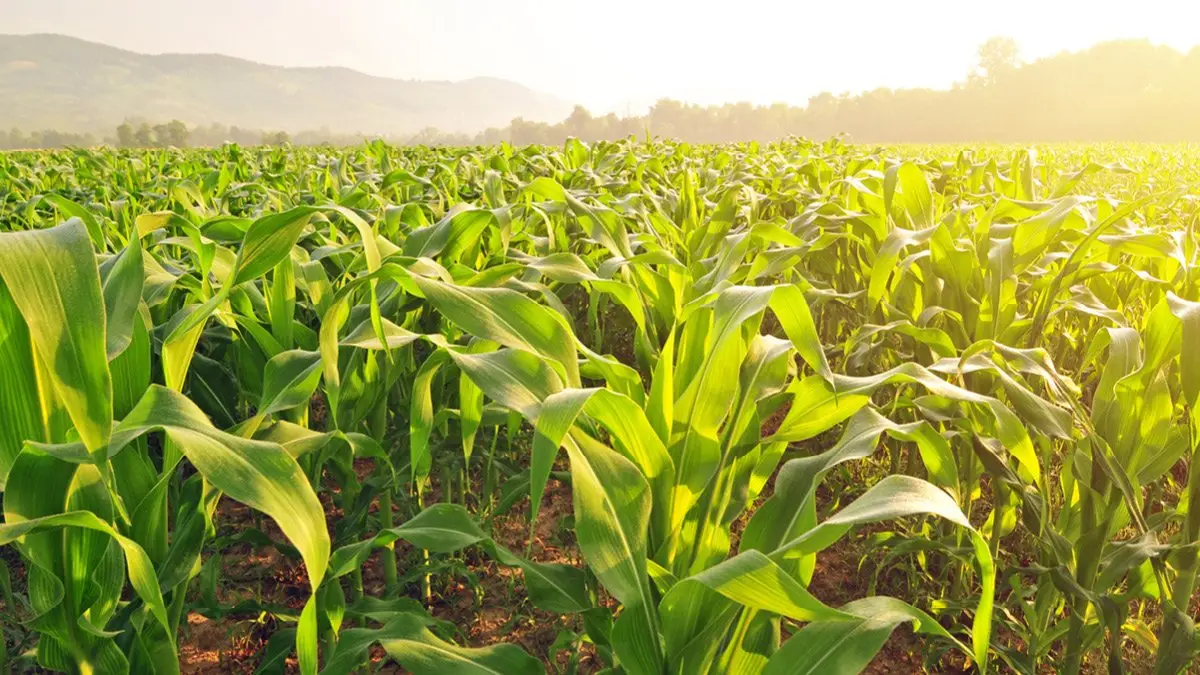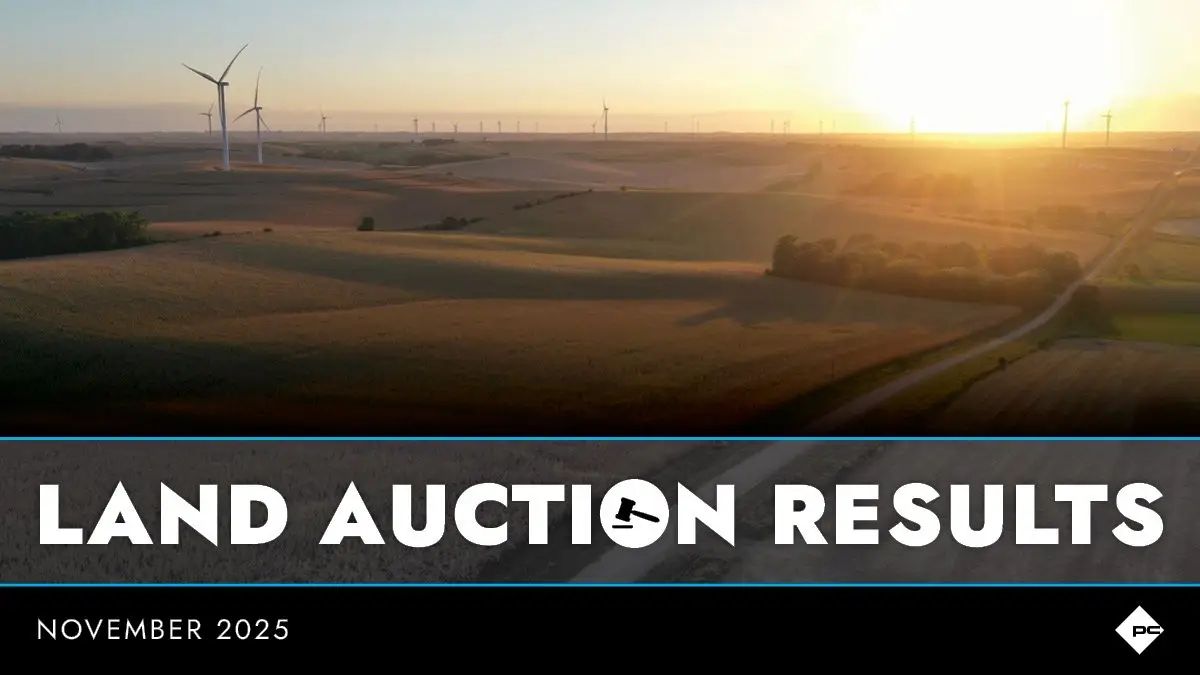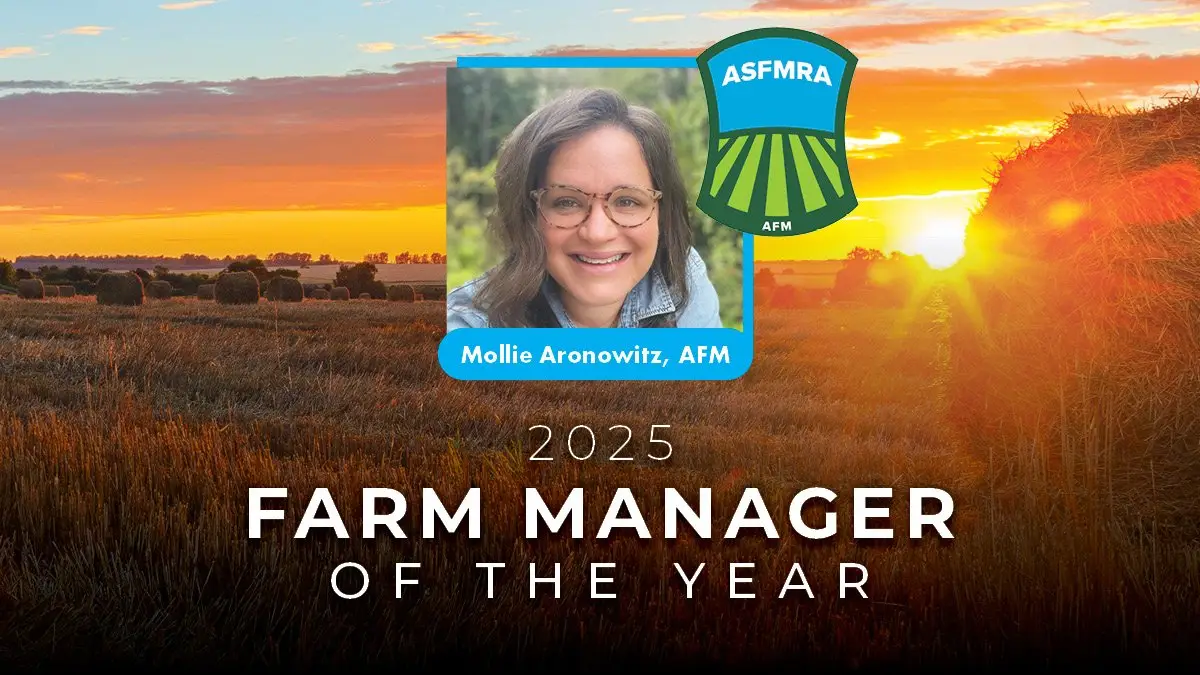Rural building sites have a wide range of values, as no two sites are identical. The property may have a house, multiple buildings with multiple uses that were built over a wide range of years, or buildings that were constructed for a very specific purpose.
Whether an appraisal with an improved site is ordered for financing, estate planning, divorce or death - the process involves researching the subject property market area and potential market participants.
This research helps determine if the property has the highest value as a whole or as separate units. For example, is the greatest value achieved by keeping a 160-acre parcel with its building site intact, or by separating the improved site from the cropland? Most often, investors or farmers who are expanding their land base don’t want an improved site. And someone looking for a rural building site doesn’t want or have the financial capacity to buy the entire parcel.
However, a specialized improved site may have less value when separated from a larger parcel.
In the 1990’s my family constructed a 500-cow dairy facility at a new location on our home farm. Years later, as the dairy industry evolved and contracted, we made the decision to exit the business. After 30+ years of dairy farming, I transitioned to my encore career as a Certified General Appraiser and the decision was made to sell the 40-acre dairy site.
We found the site couldn't be sold as an active operation or livestock facility for the dollar amount we had hoped for, in part because of the location in a declining dairy market area. Even though I had dealt with this situation many times in my appraisal work, it was still so difficult to separate my emotions and come to the realization that the site wasn’t worth what I thought it should be. I had spent years developing the business and knew how much it had cost to build. The site, quite literally, did have my blood, sweat and tears.
We needed time to accept that the property wouldn’t sell as a dairy facility. We ultimately considered the cost of hanging onto the building site with the hope of getting a better price in the future. There would be ongoing expenses including maintenance costs as a neglected site loses value over time, along with increasing property taxes and property/liability insurance. We decided to sell at a lower than hoped for price, as it was a case of diminishing return with no guarantee of a higher selling price in the future.
Numerous similar livestock sites have been put on the market in recent years. Some have been successful sales, while many have sold for little more than the value of the underlying land, or have not sold.
Considerations when valuing/marketing a rural improved site:
Location matters
Livestock-related improvements don't always add value
Livestock-related improvements may deter buyers seeking rural homes
Homes not suitable for living, open lagoons, old silos, excessive number of buildings, specialized structures, and buildings in poor condition that need to be razed are a detriment
Buildings may have been useful to the owner, but have no economic value to a potential buyer
Can the improvements be used for another purpose without major investment?
Marketing a specialized improved site may require adding more land to the package
Cost considerations of holding onto the property - including maintenance, property taxes and property insurance
Strong sentiment is often tied to an improved farm site. This is especially true if the property is a homestead that has been in the family for generations. Memories and emotions can lead to the perception that the improved site is worth more than what is reality. It often takes time to accept that the property may not sell as a working farm or for the desired price.
An appraisal will determine the highest and best use and aid in identifying the option that will generate the greatest number of market participants, which in turn will bring the highest value.
